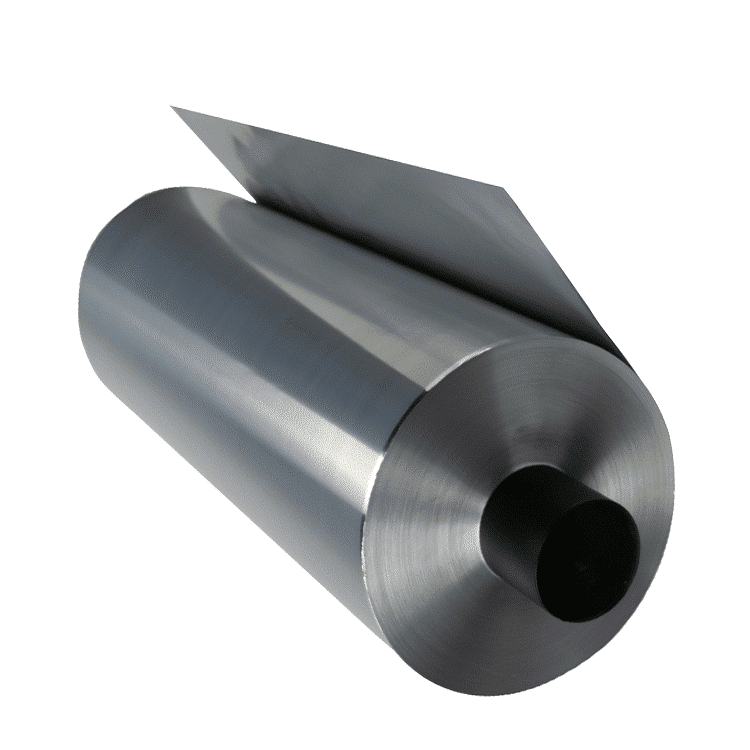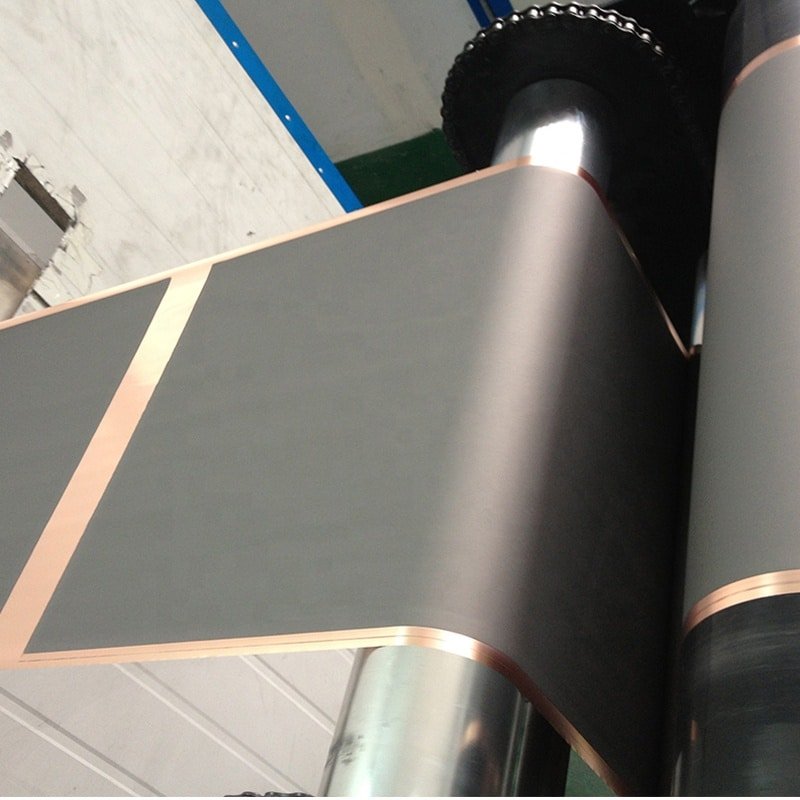Introduction to Solar Cells and Current Collectors
Solar Cells and Current Collectors provide an introduction into these fields of study.
Are You Ready to Harness the Power of the Sun? Solar cells have revolutionized how we generate clean and renewable energy sources – offering an eco-friendly alternative to fossil fuels like petroleum. But did you know there may even more potential efficiency hiding beneath the surface?
Current collector materials – the unsung heroes of solar cell technology. These innovative materials play a critical role in optimizing energy conversion and overall performance; understanding their importance can unlock greater possibilities for solar energy.
In this blog post, we will delve deep into the world of current collectors by exploring different material options and discussing their benefits. Additionally, we’ll take a close look at successful case studies where advanced current collector materials were implemented with remarkable results. Let’s get into it and shine some light on how these cutting-edge materials are shaping solar cells!
Current Collector Materials’ Types and Comparison
Selecting an effective current collector material is integral to optimizing solar cell efficiency, playing an essential role in collecting and transporting electrical charge generated from cells. There are various current collector materials on offer that each provide distinct properties and benefits.
One popular material used is silver, due to its superior electrical conductivity and corrosion resistance. Silver paste or grids can often be seen applied onto solar cells for efficient electricity collection and transfer; however, silver may be costly and scarce making large-scale production less viable.
Aluminium is another favored material due to its affordability and abundance, offering lightweight yet highly conductive foils or grids that make an excellent substrate for various solar cell designs. Furthermore, aluminum offers excellent thermal stability as well as weather-resistance.
Copper is another widely utilized material due to its excellent electrical conductivity and lower cost compared to silver. Copper grids or foils enable solar cells to collect charge efficiently while remaining more economically viable.
Recently, there has been increasing interest in advanced materials like graphene-based composites or nanowires made of titanium dioxide (TiO2). These alternative materials have shown tremendous promise for improving electron transport efficiency within solar cells.
Choose an optimal current collector material depends on factors like cost-effectiveness, performance requirements, scalability for mass production and environmental sustainability considerations. Researchers continue to investigate new solutions which maximize both solar cell efficiency and affordability without jeopardizing long-term viability.
Benefits of Utilizing Advanced Materials in Solar Cells
Solar cells have revolutionized how we produce renewable electricity. Relying on current collectors to efficiently extract and transport electric charges produced by sunlight, these devices have proven highly efficient at harnessing renewable sources for power production. While traditional current collector materials like aluminum or copper were once commonly employed to do this job efficiently; currently more advanced materials are being explored as ways to further increase solar cell efficiency.
One of the primary advantages of advanced materials in solar cells is their superior conductivity. Materials like graphene, carbon nanotubes and conductive polymers offer lower resistance pathways for electron flow than traditional metals – leading to reduced energy loss during charge extraction as well as greater power conversion efficiencies within solar cells.
Advanced current collector materials have the added advantage of being light weight and flexible, unlike their bulkier metal counterparts which may limit design options for solar cell architectures. By contrast, lightweight and flexible materials enable innovative designs that can fit seamlessly into various applications including curved surfaces or wearable devices.
Furthermore, advanced materials provide superior durability and corrosion resistance properties. Solar cells frequently come under attack from harsh environmental conditions such as high temperatures or moisture that can hinder performance over time; by choosing corrosion-resistant materials to extend solar cell lifespans while keeping optimal electrical properties, lifetimes may be extended while keeping optimal electrical performance.
Advanced current collector materials have the potential to lower manufacturing costs, particularly through innovative printing techniques used on certain conductive polymer-based films or nanoparticle-based solutions. This enables scalable production methods at reduced costs when compared with traditional fabrication techniques used with metals.
Researchers aim to take advantage of the many benefits provided by current collector materials with advanced current collection capabilities in order to increase overall efficiency when converting sunlight to electricity by making improvements both material-level (such as improved conductivity) and device-level optimization strategies ( such as architectural design) improvements.
Simply put, adopting innovative solutions offers new opportunities for optimizing solar cell performance while meeting challenges presented by existing technologies – helping create a cleaner future powered by clean energy!
Implementation Challenges of New Materials
Implementing new materials in solar cell technology presents several unique obstacles, chief among them is cost. One major difficulty lies in switching over to advanced collector materials from traditional ones – often these materials remain at research and development stage, making large-scale production difficult or inaccessible altogether.
Another challenge lies in assuring compatibility between the new current collector material and other components of a solar cell. Solar cell performance depends on all its parts working in harmony, so any change could disrupt this delicate equilibrium.
Implementing new materials may present technical obstacles. For instance, certain advanced materials might have different electrical properties or require manufacturing techniques not currently utilized by industry – this could create further complications when it comes to scaling and mass production.
New materials often take time to gain acceptance within their industry, leading manufacturers to be wary of adopting unproven technologies due to concerns over reliability and long-term performance.
Utilizing advanced current collector materials holds great promise for improving efficiency in solar cells; however, there are certain challenges that must first be met prior to wide-spread implementation. Research conducted jointly by scientists and manufacturers will continue to make strides toward surmounting such obstacles.
Case Studies: Successful Utilization of Advanced Current Collector Materials in Solar Cells
Over time, numerous successful case studies have highlighted the use of advanced current collector materials in solar cells to increase efficiency and overall performance. These advancements have yielded significant increases in both efficiency and overall performance.
Copper indium gallium selenide (CIGS) has shown tremendous promise as a current collector material, thanks to its high absorption coefficient and superior electrical properties. One study demonstrated a remarkable power conversion efficiency of 22% using solar cells composed of CIGS.
Another fascinating case study involves the use of graphene as a current collector material. Due to its exceptional conductivity and transparency, graphene makes a fantastic current collector material; making it ideal for improving solar cell performance. Researchers successfully implemented graphene into perovskite solar cells for increased charge transport efficiency as a result of graphene’s incorporation.
Silver nanowires were successfully used as an innovative replacement for traditional transparent conductive electrodes like indium tin oxide (ITO). This alternative not only cut production costs but also increased light-trapping capabilities within solar cell structures.
These examples demonstrate how advanced current collector materials can transform photovoltaics by vastly improving energy conversion efficiencies. By continuously exploring new materials and optimizing their incorporation into solar cell designs, we are creating more sustainable energy solutions for tomorrow.
Researchers can benefit greatly by drawing upon past successes to gain valuable insights into implementing advanced materials effectively while meeting challenges related to scalability, cost-effectiveness and long-term stability. Further research in this area could yield enormous rewards in optimizing solar cell current collectors – leading us towards a greener future powered by renewable energy sources.
Future Perspectives and Research Plans
Solar energy continues to gain ground as an attractive power alternative, making continued advancement of collector materials increasingly vital. Researchers and scientists alike are constantly discovering new possibilities within solar cell technology that push the envelope even further.
One key area of focus for researchers is creating more cost-effective and energy efficient current collector materials. Current collectors play an essential role in collecting sunlight’s electrical charge to power solar cells; by improving conductivity and durability of these materials, researchers aim to increase overall efficiency levels.
Nanotechnology holds great promise for future research in this field. Utilizing nanomaterials like graphene or carbon nanotubes could revolutionize collector technologies; their superior electrical properties allow them to significantly increase efficiency while remaining long-term stable.
Organic current collectors are another area being explored by researchers, as organic semiconductors have proven their usefulness in various electronic devices, including solar cells. By incorporating organic-based materials into current collectors, researchers hope to achieve higher power conversion efficiencies while simultaneously cutting manufacturing costs.
Research into multifunctional current collector designs that serve multiple functions simultaneously is currently ongoing. One such design would incorporate energy storage capabilities into its material so excess electricity generated during peak sun hours could be stored away until needed later on.
Research efforts are also focused on finding sustainable alternatives to commonly employed metals such as silver or copper used as current collectors due to their high conductivity but limited availability.
Scientists are investigating alternative Earth-abundant elements with similar electrical conductivity that can be obtained sustainably without compromising performance standards.
Future possibilities hold great promise when it comes to optimizing current collector materials for improved efficiency in solar cells.
Through ongoing research efforts on nanotechnology advancements, organic-based solutions, multifunctional designs and sustainable material choices, we can pave the way to more cost-effective and energy-efficient solar solutions in the near future.
Conclusion
In this article, we explored the significance of optimizing current collector materials to increase solar cell efficiency. We also covered various types of current collector materials and their effect on improving solar cell performance.
Researchers and manufacturers have successfully navigated many challenges associated with traditional metal collectors by turning to advanced materials like graphene, carbon nanotubes and conductive polymers as solutions. These innovative materials offer higher conductivity, improved flexibility and reduced resistance loss – thus meeting many requirements associated with modern collectors.
Case studies presented in this article illustrate how advanced current collector materials have significantly enhanced solar cell efficiency, from increased power output to enhanced long-term stability – and are thus creating an environment-friendly path to renewable energy solutions.
While implementing new materials into large-scale production is challenging, consideration must be given to cost effectiveness, scalability, compatibility with existing manufacturing processes and cost.
Future research must explore new possibilities and push current collector technology even further, such as investigating novel material combinations or fabrication techniques that maximize efficiency while minimizing costs.
Optimizing current collector materials is crucial to increasing solar cell performance. By continually pushing technological boundaries and seeking out innovative solutions, we can accelerate progress toward creating a cleaner energy future.







